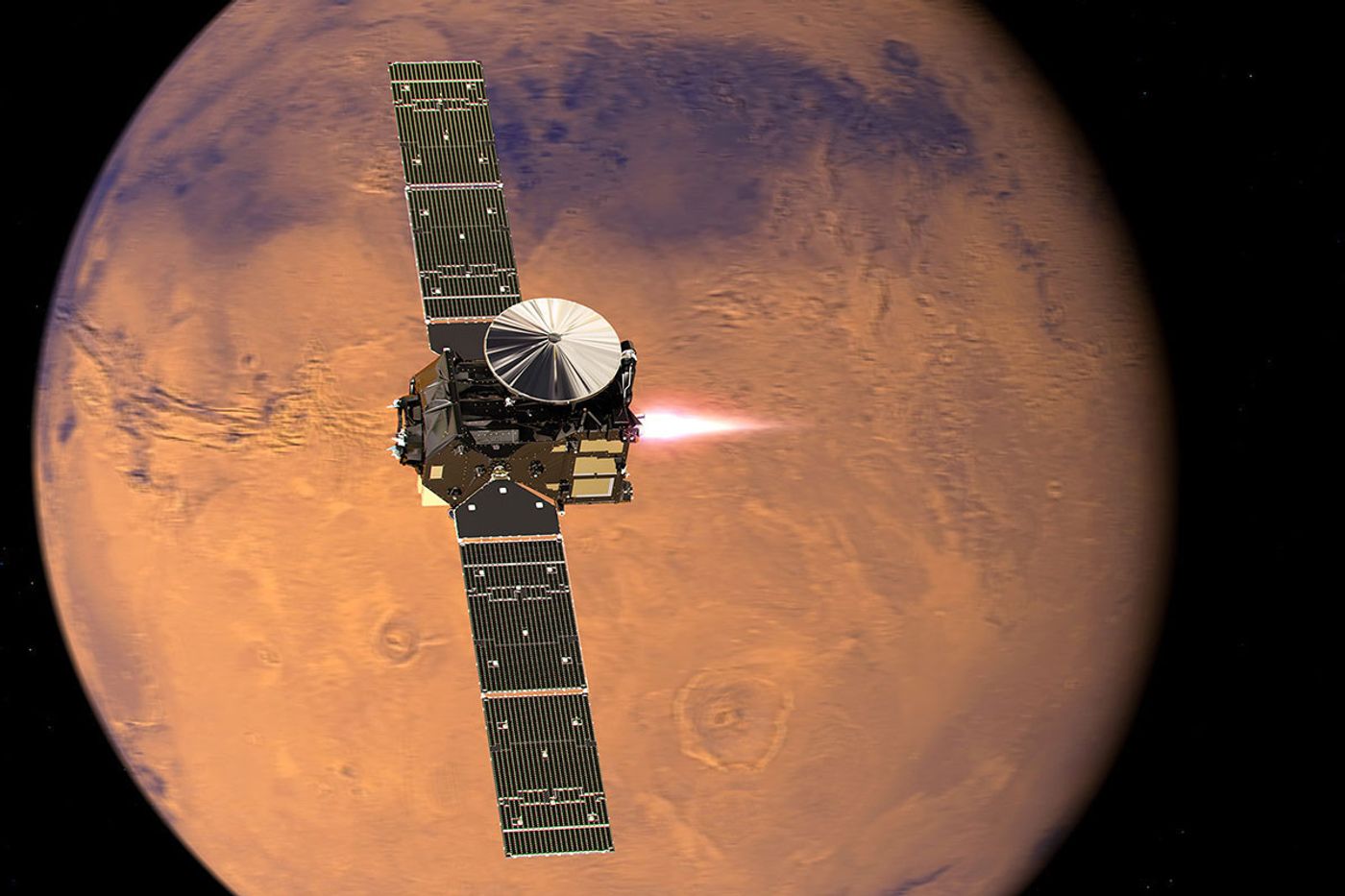Europe & Russia Prepare ExoMars Probe Mission
Come March 14th, 2016, Europe’s European Space Agency and Russia’s Roscosmos will be working together launching their ExoMars mission from the Baikonur Cosmodrome in Kazakhstan.
The ExoMars mission will involve sending a probe to Mars, where it will then hope to better understand the red planet’s chances of supporting life, as well as the geological conditions on the planet.

Aboard the spacecraft is a special lander called Schiaparelli that will drop down to the planet of Mars and collect data, similarly to NASA’s Curiosity rover, which is currently sending selfies back to Earth every so often with a dramatic red backdrop that is Mars’ surface in addition to performing regular tests of the red planet.
Moreover, this valuable information will help space agencies understand the feasibility of one day putting mankind on the red planet, which is ultimately a goal of NASA’s to complete in the next few decades.
The ExoMars mission will involve looking for methane, a gas naturally produced by many forms of life. Although it can also be produced by other means, it’s typically a good indicator of life, hence its priority in the mission. In addition to searching for methane, the probe will even snap pictures and look for any abnormalities. This type of data should start reaching Earth by 2017.
After this week’s launch, the probe will have a long journey to travel before it actually makes it to the red planet. Because Mars is so far away, the probe won’t make it to Mars until around October 19th of this year.
It’s an important mission for the ESA and Roscomos because NASA has been the top dog in Martian exploration for years, and neighboring space agencies have some catching up to do.
Source: New Scientist








